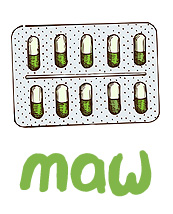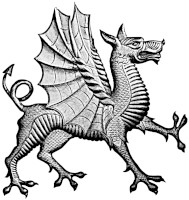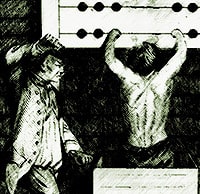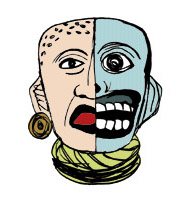I currently coach three people who have lower back issues. One’s a tall karate man who injured his back as a police officer. One is a stick fighter who has repetitive stress issues with his lower back, stemming from his occupation. Yesterday, to my surprise, I found out that Oliver, guy who can pick me up and throw me about with ease, has lower back pain.
Oliver has been doing his own conditioning and before sparring with him yesterday, as I do before sparring with anybody, I asked him if he had been having any pain or discomfort. He said that his lower back had been bothering him and he did not know why. Eighty percent of lower back pain in men is caused by tight hamstrings. The longer the hamstrings have been tight, and the less ass the fighter has, the harder it is to address. Fortunately, I informed Oliver that his African ancestry has equipped him to withstand lower back pain if we can address it soon enough. A narrow, squishy rear end like mine does not put up much resistance to the tight, stronger hamstrings and refers the muscular imbalance up through the hips and into the lower back.
I checked Oliver’s hamstrings and found out that he has less than half of my range of motion; the causes for this are commonly sitting, driving and bicycling—any activity that habitually has the leg curled or bent. Oliver has been bicycling for his conditioning, which can shorten the hamstrings and will shorten them if done seated. If you are going to bicycle for your conditioning, you have to pedal standing, at least in intervals. If you are using a stationary bike, which doesn’t permit you to pedal standing, then stretching the hamstrings every twenty minutes is recommended.
Below are the exercises I use for tight lower back and hips:
• Static hamstring stretch, only after the muscle is warmed up, five sets of 30 seconds with each leg.
• Plyometric hamstring stretch, which is what you see NFL placekickers and punters doing when they warm up.
• A deep static squat, which is how people in countries without chairs rest. For this, you want to start out doing it against the wall, because your feet must be flat with your toes outward. If your are tight, the first time you do this, you are likely to fall on your back.
• Deep knee bends
• Standing hip rotation, outward and inward. I like doing this while holding onto something with the hand that is over the standing leg so that I can relax my hips.
Sparring
Sparring with Oliver, he was nice enough not to knock me out. He did have some difficulty pulling his punches, which is not pulling them before they hit but after they hit, an indication that he’s tight overall and psychologically tense. He repeatedly gassed out in our untimed rounds before I did, even though his cardio is much better than mine. His speed and power is adequate, and his form is on the verge of getting to the level of his speed and power. However, that which holds back the development of his form to a higher level is the same thing that tires him, not sparring slowly and relaxed. As his coach, my mission is to get him relaxed, so that he can develop his rhythm sense.
The goal in such sparring is to hit with a slower weapon, to score with a slower hand. Start out close to each other, in clinching range, not clinching, but hitting fluidly, lightly, and at a slow speed, slowly increasing the speed with every round until you’re increasing the speed in the last round. Any fighter who has a hard time doing this slowly, who keeps speeding up automatically, is showing signs of tension. This type of sparring does work better for peekaboo or Philly shell style boxing but can be used for any striking art. It is how we practice stick fighting.
Note on pulling punches: When you score with your slow hand and even when you speed up, you can rate the power that could have been put into the blow based on how much bend you have remaining in your elbow and your knee, as well as the undelivered torque in your shoulder, hip and ankle.
The Punishing Art











One of the few useful things I've learned with muscular injuries and tightness is that it is crucial to stretch before you go to bed every night. You can't wait until morning. Must be done just prior to sleeping or it is not effective. I've been doing this to minimize sciatica pain.